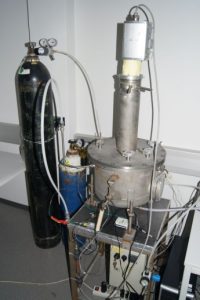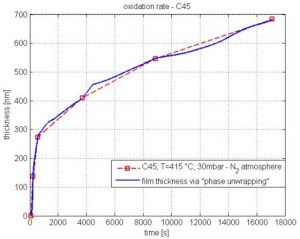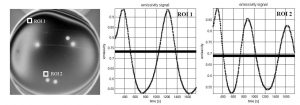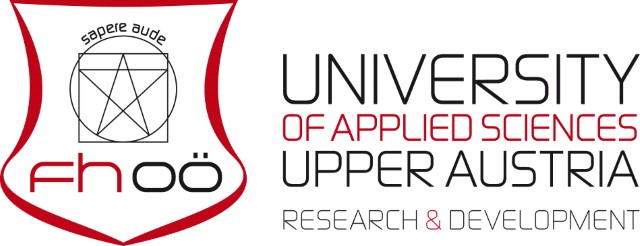We used standard CCD cameras as thermal imaging devices in the very near infrared spectrum (VNIR) to study interference effects during the growth of thermal oxide layers (at temperatures >400°C). We derived a theoretical model from which the determination of the complex index of refraction becomes possible by simply evaluating the emissivity variations caused by the afore mentioned interference effects. Thus, a very precise analysis e.g. of growth rates at nanometer scale is possible.




Left: emissivity image of a metallic sample during PACVD process. Right: temporal emissivity signals at two different surface positions indicating different thin film growth rates.










